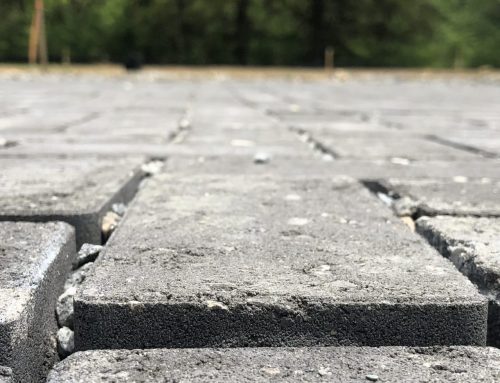Stormwater innovations – it seems like there have been a lot of these over the years. Some new “magic bullet” to solve all water quality problems. “What’s the catch?” you might ask when you hear about this new thing… You keep reading and find out you can only treat one tenth of an acre of drainage area or maybe the system has to be replaced every three months. Or, maybe everything looks good until you see the price tag. All of these have a place but may not be just what you’re looking for.
Reviewing the “Cost-Effectiveness Study of Urban Stormwater BMPs in the James River Basin”, it seems there is a desperate need for low cost phosphorus removal techniques. If you’ve already implemented a pet waste program, and are addressing illicit discharges (these give you the biggest “bang for the buck”) and are still looking for ways to reduce phosphorus, you might consider enhancing a few of your existing stormwater management facilities.
Including an additive (biochar, iron filings, steel slag, fly ash, or something yet to be thought of) to an existing sand filter, for example, can potentially increase phosphorus removal for surprisingly little money. Additionally, it’s likely few modifications of the filter would be needed. Though scarce data specifically relating to stormwater are available, study after study shows potential for phosphorus sorption with some of these additives (Penn et al., 2012; Sibrell and Tucker, 2012; Stoner et al., 2012; King et al., 2010; Lassiter and Easton, 2013; etc.).
Why stop at sand filters? Maybe you have a bioretention or rain garden… add some biochar to increase phosphorous removal and potentially increasing nitrogen cycling to boot. We could probably find an additive for some specialty pollutants too. Anybody have ideas?
Reid Christianson
Water Resources Engineer
Reid joined the Center for Watershed Protection in 2012 and works on a variety of projects including urban stormwater management designs, research on new practices, strategic watershed planning. A transplant from the Midwest, Dr. Christianson is a Professional Engineer and has over 10 years’ experience in the water resources field. Prior to joining the Center, Reid worked for Iowa State University where he researched the impacts of agricultural best management practices and land use on water quality.







